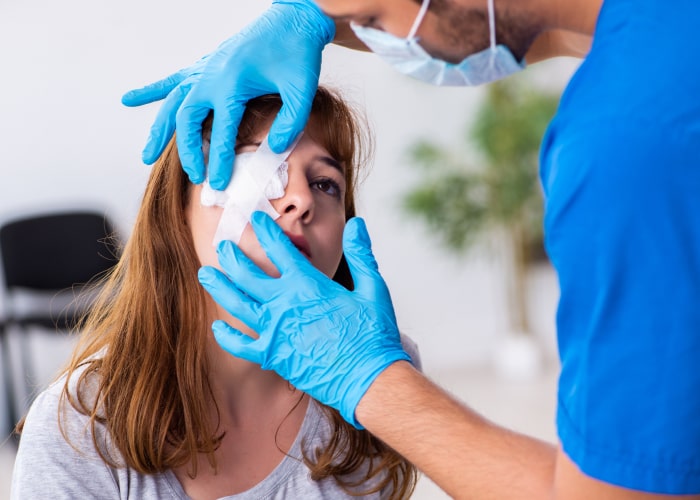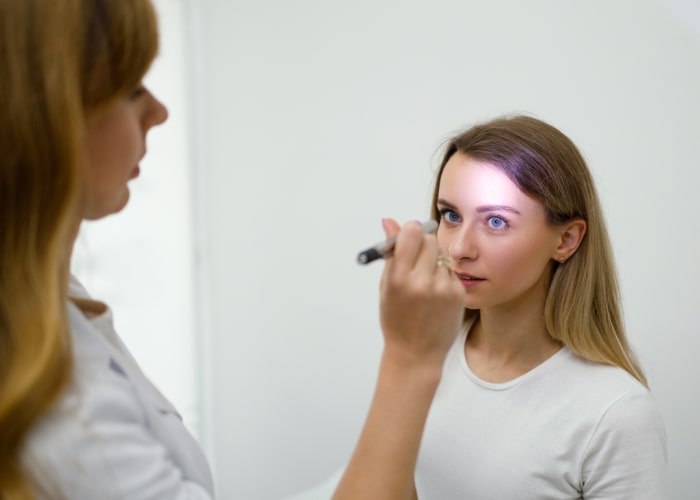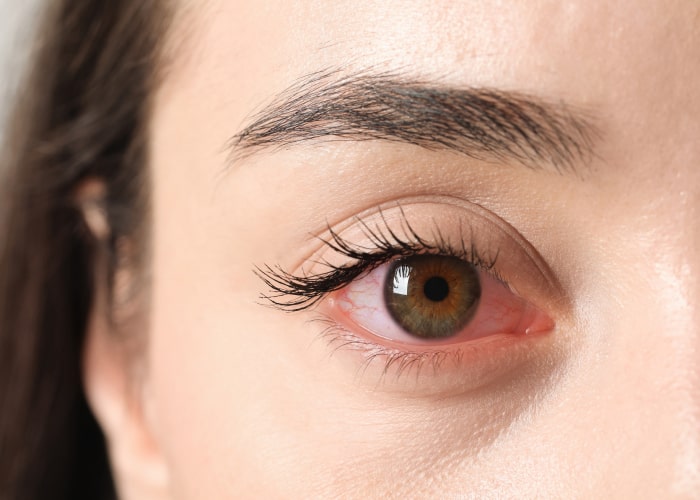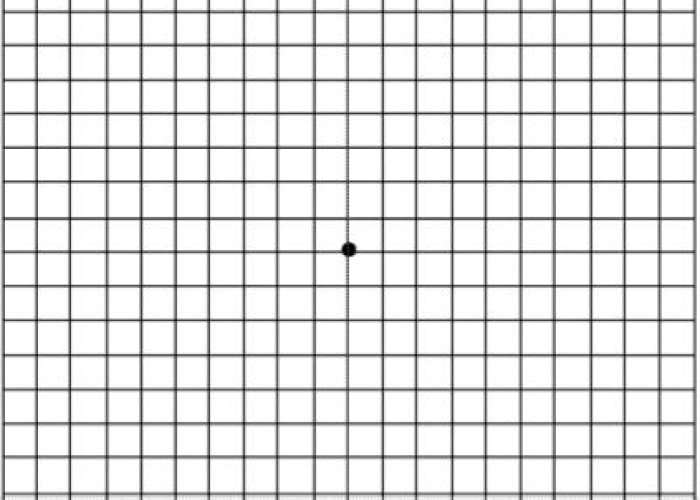
Eye Emergencies
Emergencies to do with the eyes or vision typically cause problems to develop quite quickly, over a matter of minutes or hours. These problems should be dealt with urgently, ideally receiving professional advice within hours. Most eye emergencies involve either a painful red eye or a sudden change in vision. If you have either of these symptoms, please phone us straight away, or phone NHS 111 if we are closed.
Where should I go with an eye emergency?
Our optometrists have had specialist training to investigate urgent eye problems and we are a MECS (Minor Eye Condition Service) accredited practice. This means that we can assess and often treat urgent eye conditions at our practice under the NHS, rather than sending you to hospital. In addition, GP practices often don’t have the specialist equipment needed to examine eye problems, and therefore advise patients to see an optometrist for eye emergencies
If you telephone our practice with one of the problems outlined below, we will try to offer you an appointment that day if one of our optometrists is available.
If we are closed or, for any reason, you cannot reach the practice or we cannot see you, NHS 111 is always available and is designed to give the right advice and treatment when it is urgently needed.


Painful red eye
Painful red eyes can be caused by a variety of conditions including infections, inflammation, foreign bodies and abrasions. Some of these conditions can cause sight threatening changes and should be seen urgently. This is especially important if you are a contact lens wearer, in which case you should immediately remove your contact lenses and phone us for advice.
Visual disturbance
A gradual change in vision over time is common and is a sign that you need a routine eye examination with your optometrist to see if your spectacles or contact lenses need updating. In contrast, a sudden change in vision is a serious sign and always requires urgent investigation.
Visual disturbances can include: flashes, floaters (or spots in the vision), distortion, loss of vision, or double vision
To identify a visual disturbance you may need to cover each eye in turn to test the vision of one eye at a time. It is useful to do this whilst looking at a picture of a grid, such as an Amsler grid (pictured on the side). When using the grid, wear your usual glasses and cover one eye. Making sure you look at the dot in the centre, check for any wavy lines, areas of blur or missing areas. Repeat whilst covering the other eye.

If the problem has started or worsened suddenly, please contact us at 01277 211164 for an urgent appointment. If the practice is closed, call 111 for emergency assistance.
Please note that this appointment may require eye drops, which cause temporary blurred vision. We recommend avoiding driving for a few hours after your visit.
